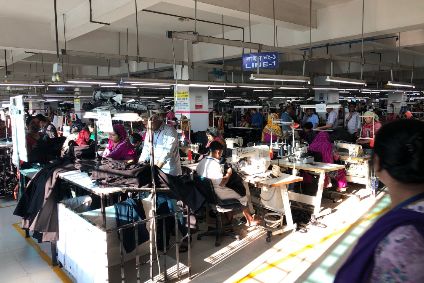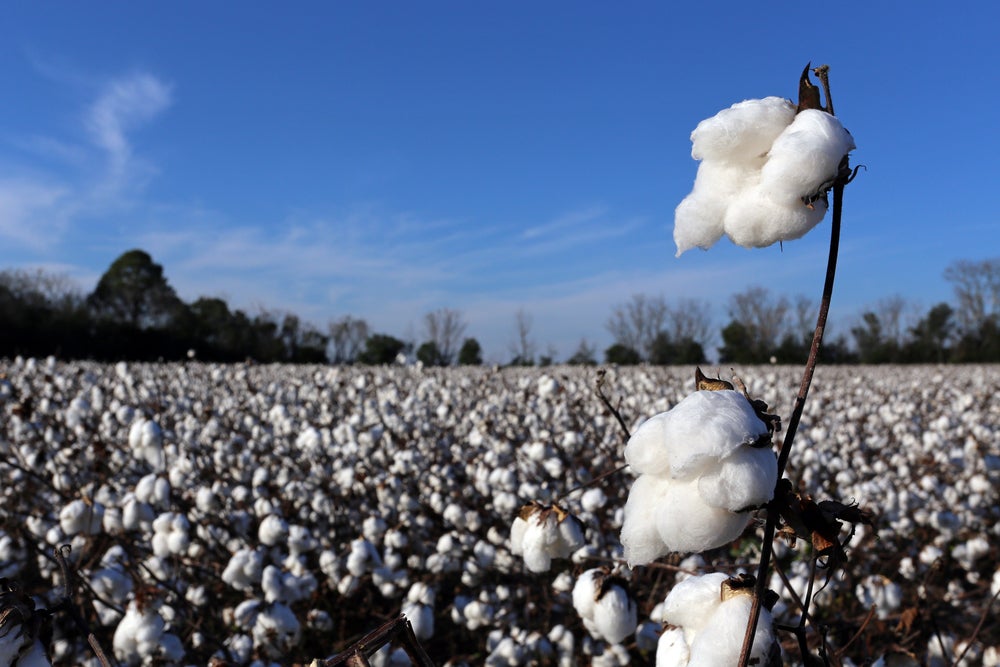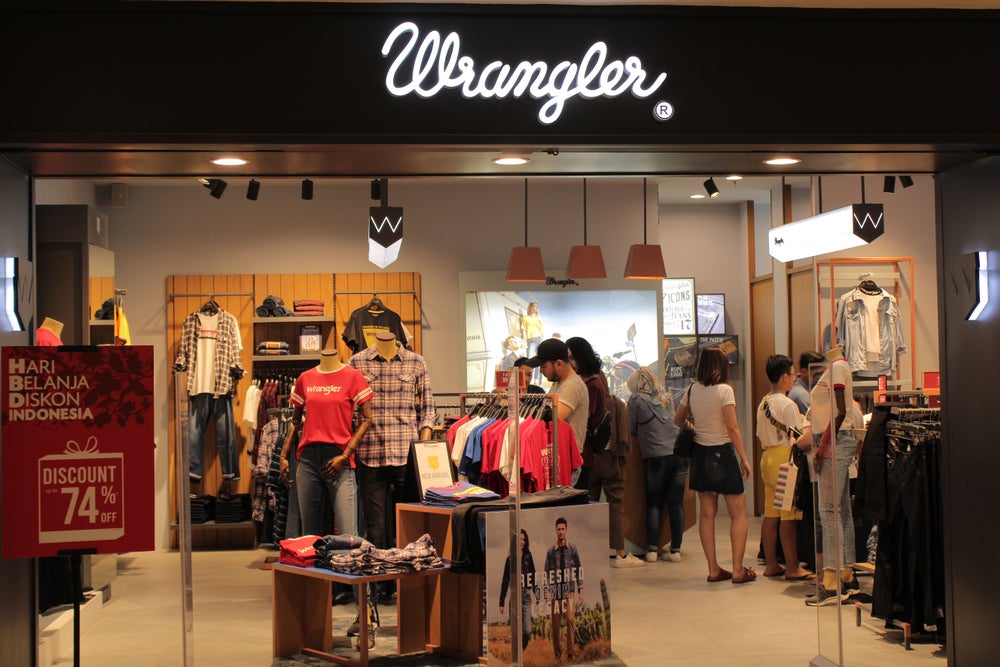
A new report has claimed garment and footwear factory workers globally could have been underpaid by as much as US$5.79bn for the months of March, April and May.
The ‘Un(der)paid in the pandemic’ report by Clean Clothes Campaign (CCC) suggests millions of garment workers around the world have not received their regular wages, or have not been paid at all, for months since the start of the Covid-19 pandemic and analyses nonpayment of wages to garment workers during the months of March, April and May resulting from order cancellations by apparel brands, unpaid leave, and state-sanctioned wage cuts during the crisis.
Based on a review of news reports and information from worker organisations, with the support of the Worker Rights Consortium, Clean Clothes Campaign estimates that across South and Southeast Asia garment workers have received 38% less than their regular income. In some regions in India, this number rises above 50%, it says.
Extrapolating these findings to the global garment industry, it estimates wages lost by garment workers worldwide would amount to between $3.19bn and $5.79bn.
The calculations of workers’ wages are based on the minimum monthly wage for the garment sector in each country surveyed. But the campaign group says it is important to note workers earn, on average, more than their country’s minimum wage when including regular overtime hours, bonuses, and other allowances. Therefore, because the wage gaps in the report are calculated based on workers’ minimum wage, the amount of wages lost during the pandemic relative to what workers usually earn is “undoubtedly more” than what is represented in the report.
Published today (10 August), it provides an estimate for the wage gap of 13m workers in seven countries for three months.
How well do you really know your competitors?
Access the most comprehensive Company Profiles on the market, powered by GlobalData. Save hours of research. Gain competitive edge.

Thank you!
Your download email will arrive shortly
Not ready to buy yet? Download a free sample
We are confident about the unique quality of our Company Profiles. However, we want you to make the most beneficial decision for your business, so we offer a free sample that you can download by submitting the below form
By GlobalDataTo calculate the wage gap, the report uses the average workforce per factory to estimate how many workers were affected; reported numbers of factory closures and consultation with local factories; and government support funding information.
“Based on a review of news reports and information from worker organisations, with the support of the Worker Rights Consortium, we estimate that across South and Southeast Asia garment workers have received 38% less than their regular income,” the campaign group states.
The report guesstimates that in Cambodia, the estimated average wage gap for March to May is around 33% or $122.17, rising to as much as 39.8% in Indonesia, $405.59m and 29.5% to $501.62m in Bangladesh.
Khalid Mahmood, Labour Education Foundation in Pakistan, says: “Many workers in the garment and textile industry have not been paid or have been underpaid because of order cancellations and Covid-19 lockdowns. As these workers were already living on poverty wages, they had not been able to save anything before the pandemic hit. The wage gaps caused by the crisis mean that workers are not able to feed their families properly, they are not able to pay for school fees of their children, or pay for medical expenses and that many of them are in debt. Most migrant workers had to go back to their villages and now it is becoming even more difficult for them to get back to their jobs and survive in big cities.”
David Hachfeld, Public Eye/Clean Clothes Campaign Switzerland, adds: “Because of lack of systematic data we had to base our estimates on assumptions and limit our research to seven countries in South and Southeast Asia. We have, however, no reason to believe the situation is significantly better in low-wage production hotspots that we did not research. Even though our estimates stay on the conservative side, they are quite shocking. We deduce in Indonesia and Bangladesh workers were collectively withheld respectively over $400m and $500m in owed wages over three months.”
Clean Clothes Campaign calls on apparel brands, retailers, and etailers to take responsibility to ensure that all workers in their supply chains receive the full wages they are owed in accordance to labour law and/or international standards by publicly committing to a wage assurance. This would require brands to commit to soliciting funds, provide direct contributions and work together with other stakeholders – such as in the existing International Labour Organization (ILO) Call to Action, but going beyond its limited mandate – to ensure that all workers making and handling their products receive the wages they are owed.
“We welcome collaborative action among brands and retailers to ensure that they have sufficient leverage and share the costs of workers’ wages. We are asking brands individually to make a public commitment to avoid a situation in which everyone in a supply chain has responsibility, but in practice nobody assumes responsibility,” Christie Miedema, Clean Clothes Campaign International Office, says. “Only if brands and retailers individually and publicly commit to a wage assurance can we avoid the traditional habit of pushing risks and responsibilities to others in the supply chain and make sure workers are not left covering the gap.”
Click here to read the report in full.







